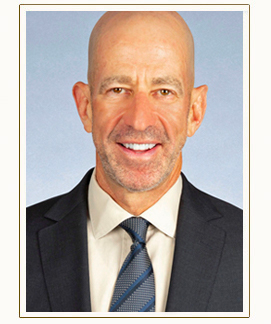According to a recent study released by the University of California, San Francisco, close to one-third of elderly people needing end-of-life care enter a nursing home. The issue? Nursing homes are not always the best environment for end-of-life care. A nursing home is equipped to oversee many basic elements of end-of-life care, including IV hydration and monitoring vital signs, but staff may not be adequately responsive to issues such as pain management, palliative care and support for bereaved family members.
The study used data from 1994 through 2007 from the National Health and Retirement Study. Researchers examined more than 5,000 cases of people who lived independently. Some 30 percent of individuals older than 85 eventually used their Medicaid skilled-nursing facility (S.N.F) benefit within the final six months of their life.
Care options are limited for those with tight budgets. While some end-of-life nursing home residents can receive hospice care in a nursing home, Medicare seldom reimburses for the room and board provided by the facility as well as hospice care. Residents must choose – and nursing home room and board can add up to hundreds of dollars per day.
An individual can choose to have home hospice care and use those Medicaid benefits, but if there are any “medically complex” issues, home hospice may not cover those expenses. Additionally, home hospice assumes there are family members and a home where care can be given. An individual who needs 24-hour care may have to choose between skilled care and hospice care. But for many, the need of 24-hour care outweighs other options. Complicating matters further is the way Medicare restricts coverage: if an individual is hospitalized for a diagnosis unrelated to the hospice diagnosis, he or she can often get nursing home and hospice coverage.
For more information, visit www.elderlawnewyork.com.



